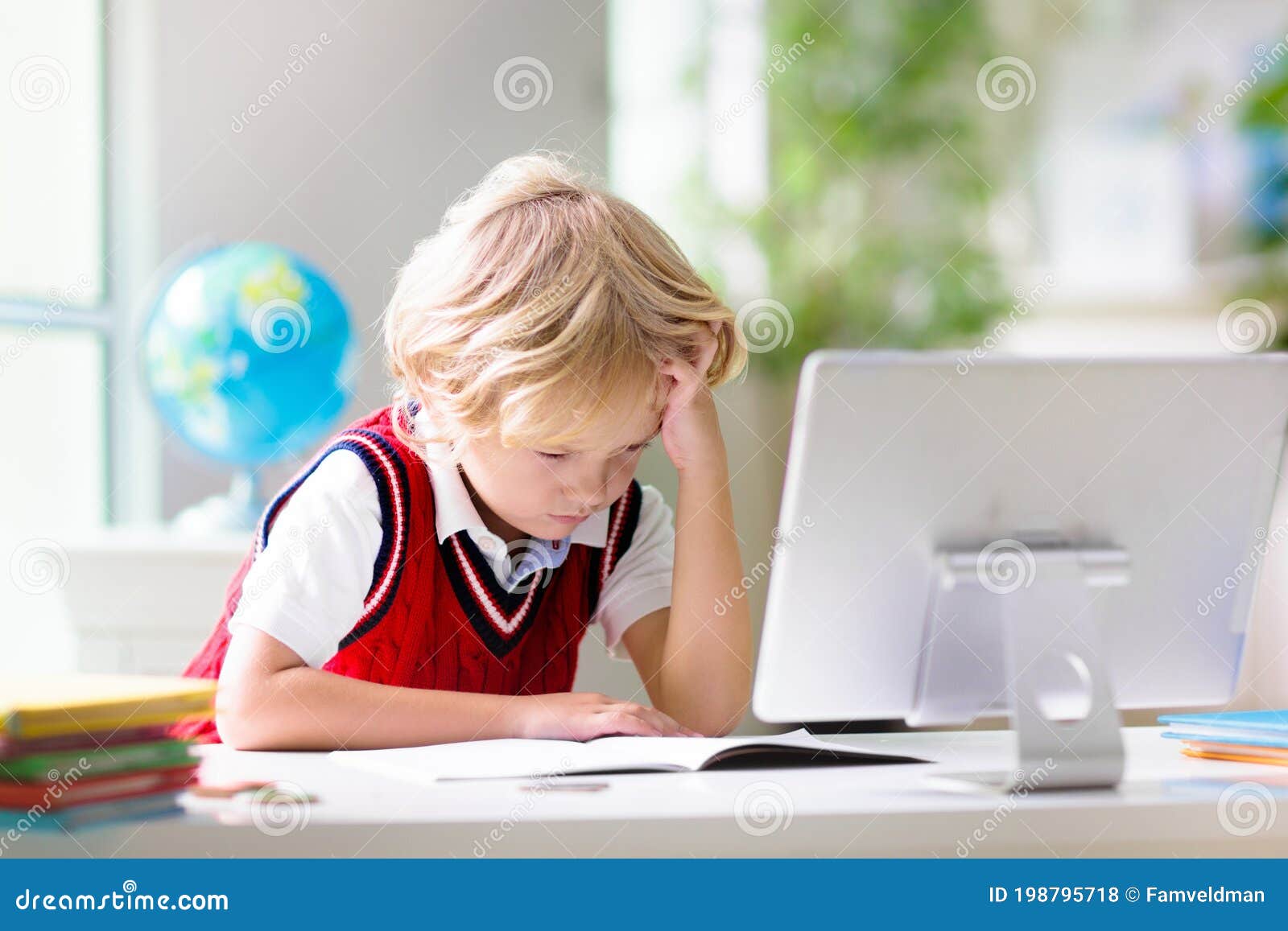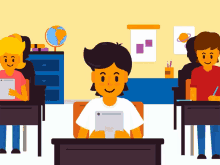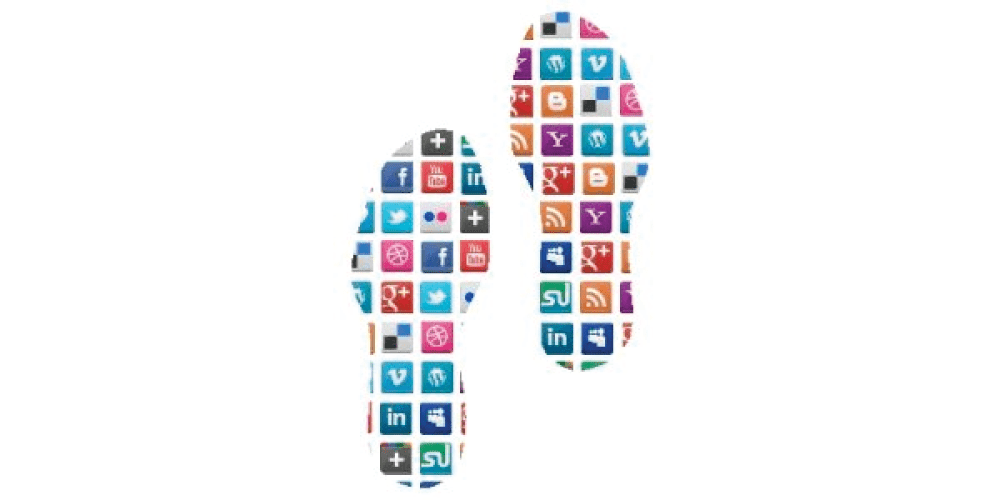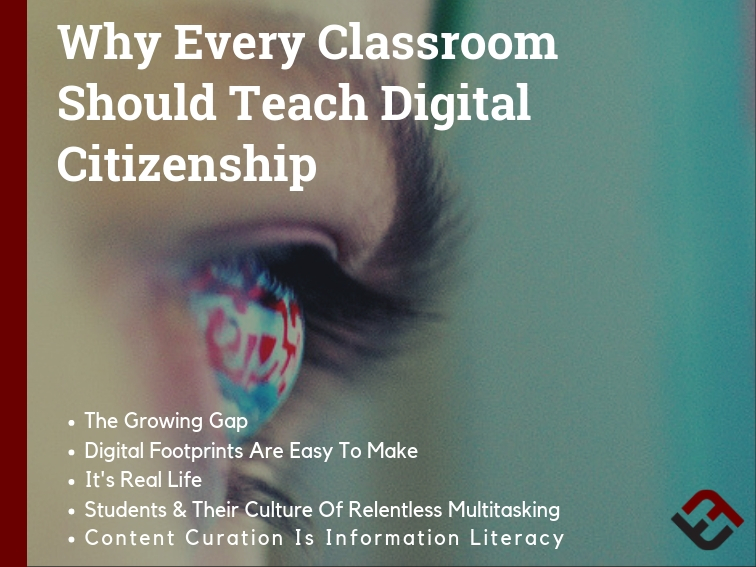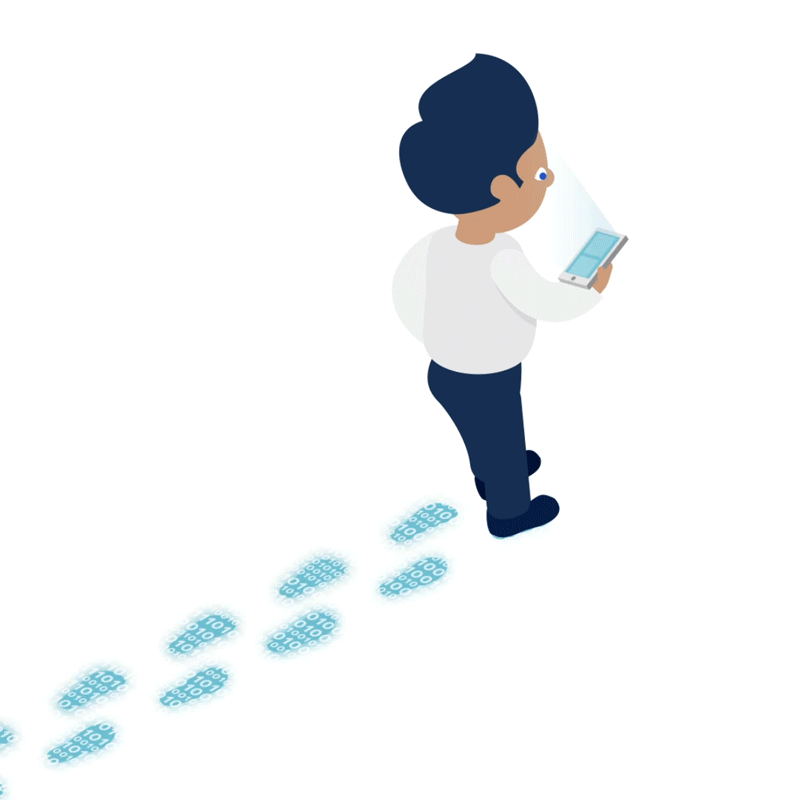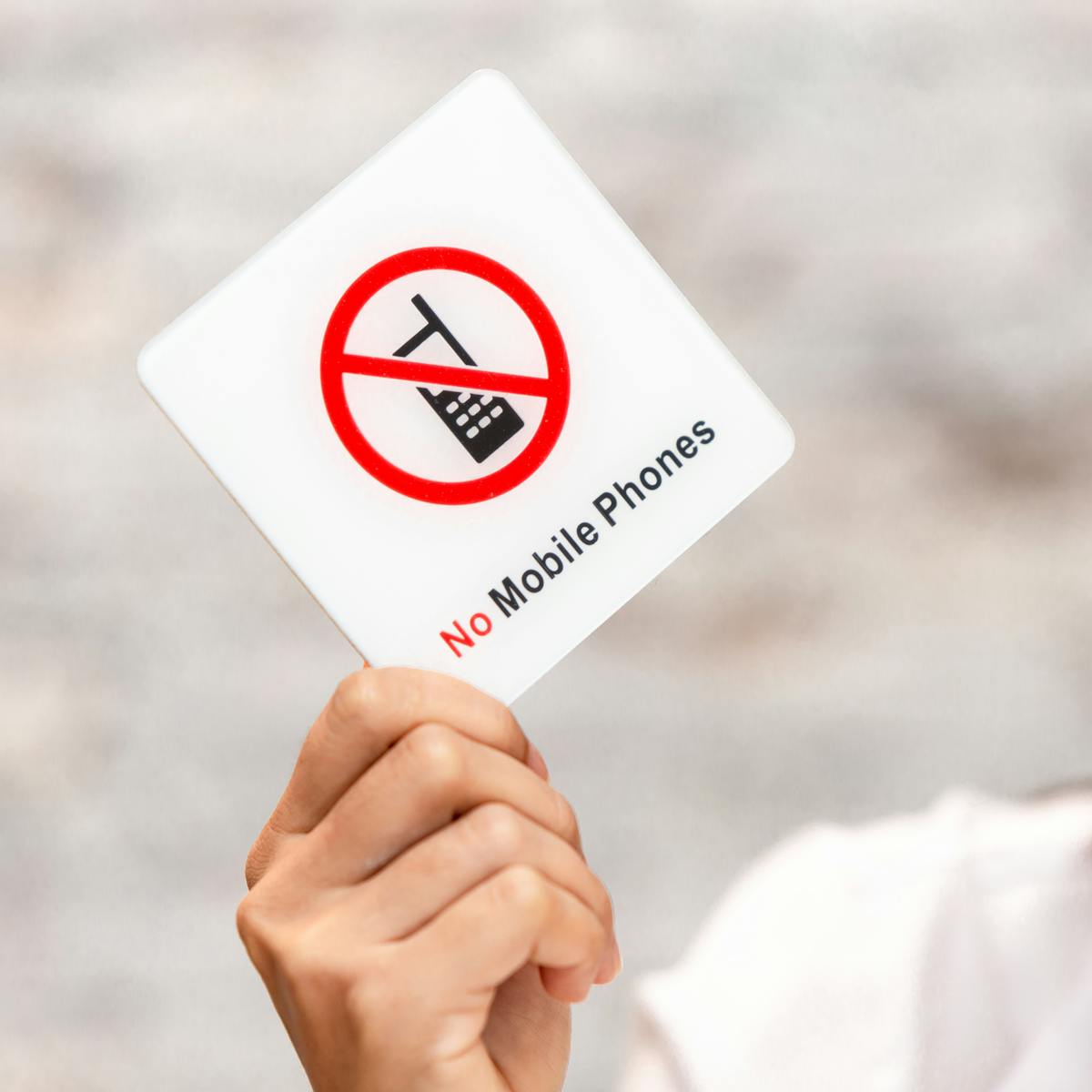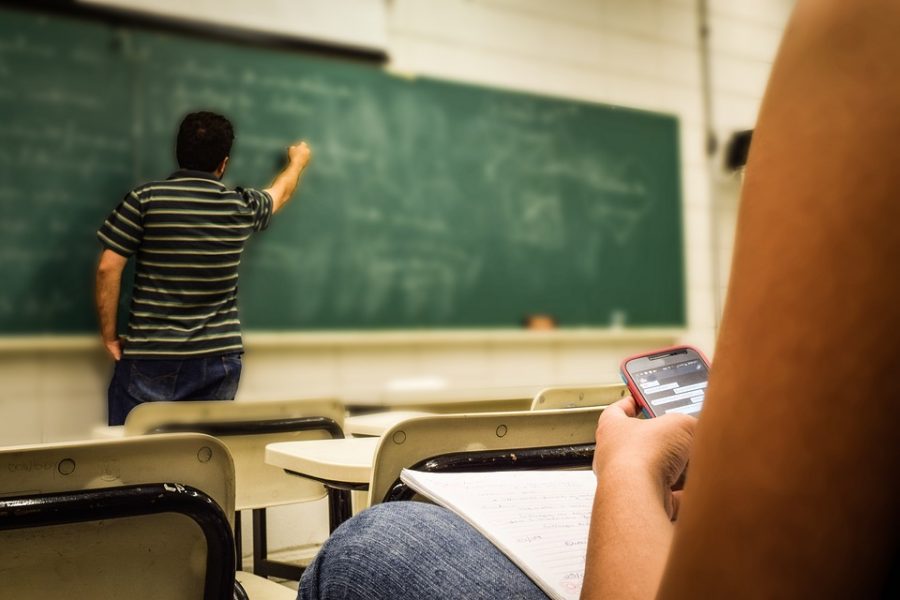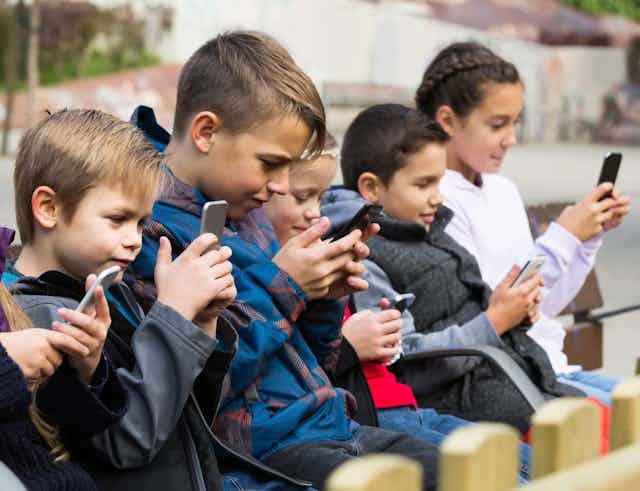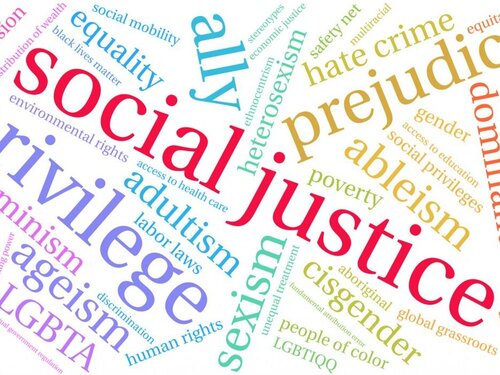Author Archives: Fasiha Taha
Debate#8: Online Education is Detrimental to the Social and Academic Development of Children
Online education has been around for a long time. Because of the inaccessibility of things around us, it is now found everywhere. We need it more than ever before, whether in school, college, or our normal work. Most schools are willing to change with the times.

This generation of kids being internet savvy uses e-learning for online classes and social learning. The tools used for online learning for kids promote learning and one-on-one interface with teachers. As children build social connections using technology, it the chances for the mental growth of kids. During these difficult times COVID-19 pandemic, many schools have served as a pillar of support for students. In addition, some schools offer both online and offline activities to help children develop.
Last Monday’s debate was about whether online education is detrimental to the social and academic development of children or not. It was presented by Britney, Kayla, and Colton on the agreeing side while Arkin, Kat, and Chris were on the disagreeing side. Both the team were very well prepared and presented their point of view impressively.
I believe that online learning opens up new windows of opportunity for everyone, but it’s not always impeccable.
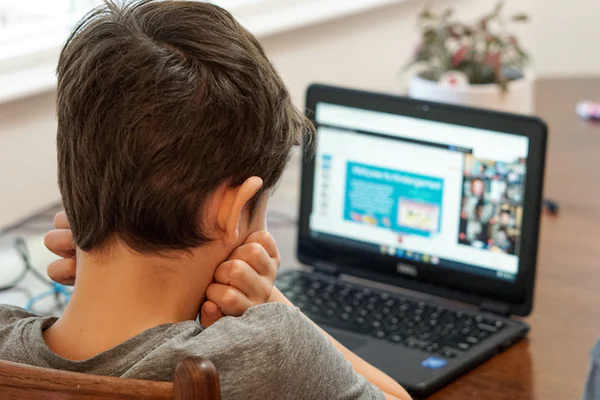
Negative impacts of online learning are seen in the technicality of the actual use of it. These impacts include how technology is not always efficient, it is harder for students to grasp concepts being taught, online learning can cause social isolation, and can cause students to not develop needed communication skills. Online school’s negative implications can easily be fixed through students coming physically to school. Factors that may determine how a student’s education fares during online learning include individual learning styles and the learning environment. The most common reasons children have struggled with the change from the classroom environment includes:
- Digital inequity. The children who have struggled the most lack access to consistent high-speed internet service and a one-to-one device for online learning. Successful online learning isn’t possible without these technologies, and millions of students simply don’t have them.
- Lack of structure. Many students perform best in a structured environment with a set routine. These students may be more distracted at home. They may skip assignments or class meetings, an action that can negatively impact online education. Many parents are working while their children engage in online learning. These families especially may struggle to offer the same level of structure at home that children get at school.
- Decreased engagement. Many students struggle with the lack of face-to-face interaction with their teachers and peers during online learning. Teachers may not be able to tell which students are on task and which students need more support. Disengaged students may not participate in class discussions online, and if a whole class is disengaged, that makes for one quiet, unproductive class meeting.
Research shows that the school environment is critical for fostering academic motivation and social development, and many students rely on schools for mental health care. The physical distance between students and teachers due to the online learning environment has made it difficult for students to be able to connect with their teachers. When working online it is much harder to show teachers exactly what students are struggling to learn. Online education can lead to social isolation among students and instructors due to lack of social interaction.
“The e-learning methods currently practiced in education tend to make participating students undergo contemplation, remoteness, and a lack of interaction,”
Sander Tamm
Stress, lack of motivation and anxiety levels can rise as a result of a lack of human communication in a virtual classroom. Furthermore, students may not develop necessary communication skills as a result of online learning. Shown by these impacts, not being able to interact with other students and teachers during online school can lead to serious negative effects.
However, Online education is the place where education and technology come together. It is the electronic mode of teaching and learning which enables the student to learn from anywhere. The form of online education varies from text, and animation to streaming videos and images. In order to prepare for this new environment of online education and to take advantage of its new opportunities, it is necessary to understand its contribution or its merits towards society.

- Online learning is self-paced
- E-Learning is student-centered
- E-Learning is cost-effective
- Individual learning styles
- Customizable learning environments
- E-Learning fully utilizes analytics
- Online learning could solve teacher scarcity
- E-Learning is environmentally friendly
- No need for textbooks
- Online learning is time-efficient
Hence I believe that technology and education are in a very interesting phase right now. It has left no stone unturned to reach millions across the globe. It is extending and reaching out to students to make learning affordable. It provides access to unlimited resources from anywhere. The impact of online classes will allow students to enhance their learning.
E-learning provides effective time management. It also motivates the students to learn. It has limitless possibilities and enhances academic performance. The online program can help us balance our career, family, and school obligations. It provides knowledge and learning to students, which makes learning seamless. But we all know that as the overlap of the traditional and online modes of education is becoming more and more inevitable, we owe it to our students to make their education relevant to their future through ingenuity, passion, and careful planning.
/GettyImages-185002046-5772f4153df78cb62ce1ad69.jpg)
Debate # 7: Educators and Schools have a Responsibility to Help their Students Develop a Digital Footprint
"Your digital footprint is your new resume."
Children and teenagers are increasingly spending time online. Digital communication is supplementing face-to-face encounters with friends. This online activity creates digital footprints.
Last Monday’s debate about digital footprint was presented by Rae, Funmilola vs Gertrude, and Kim. Both the agreeing and disagreeing teams did a fantastic job in presenting their topics. I believe that teachers and students need to comprehend the concept of a “digital footprint” because students spend so much time online both in class and at home. Students should be aware of how they are being tracked digitally and what data they are disclosing online. Teachers should encourage children to use the internet safely and keep them informed about what they are doing online.
A digital footprint represents a student’s digital identity. The information could show up when someone (schools, prospective employers) searches their name online. Students must realize that their online identities might have an impact on their real-world life. A student’s digital imprint could be used by schools, businesses, and law enforcement to assess their character. The digital footprint of a student can have a significant and long-term impact on their life. Encourage pupils to become aware of the risk they face every time they access the Internet. Digital footprints now play a role in people’s employment and educational opportunities (Black and Johnson, 2010). In this context not having a digital footprint can be as serious as having a badly managed one. One way to address this is for schools to explicitly teach students how to develop positive digital footprints that will help, rather than hinder, them in the future.
We as a teacher or educator should teach students (primary and secondary) age-related concepts about the internet and technology like we do with any curriculum. Like we do with math, we start with the foundations and gradually build our way up until we can figure out the sum of x. I understand that teachers already shoulder a great deal of responsibility, but data shows that because parental guidance is unequal across socioeconomic lines, school counsel is a student’s greatest chance to leave a positive digital legacy.(Buchanan, Southgate, Scevak & Smith, 2018) .As teachers we need to adjust our pedagogy to include responsible use of technology. We need to raise learners’ awareness of digital footprints and encourage them to make informed decisions about the content they create or share online. This should not be seen as an add-on to our existing syllabus but as a skill that can be taught while developing language.
As students develop, it is essential for them to understand the profile they create will shape their future – both socially and professionally.
I believe that teachers are the first to tell their students; when new students arrive on the first day of school, they are children when they enter and adults when they leave! Whether we as an educator teach 3rd grade or high school, it is evident that our students mature throughout their time in your classroom. The main concern is that at a young age, children do not have the cognitive development to understand the longevity of what they put online (Buchanan, 2016). Researchers query their lack of understanding of possible consequences including security, privacy, abuse, predators and bullying Likewise with cyberbullying, research indicates that if students receive resources from adults that show how to successfully tackle cyberbullying and just having open discussions about it could improve their confidence to seek help when they need to (Mareez & Petermann, 2012).
Digital citizenship is a topic that is essential in the modern world. We are trending towards a society where more people are more connected, and as such, it’s vital that we are all aware of our responsibilities and able to navigate our own digital lives. Teaching digital citizenship means understanding the key elements of the subject and helping learners reach that same level of awareness.
I believe that teachers and schools can help their students take an active role in the digital world, educating them on the dangers and obligations that come with using technology.
Digital footprints can be an asset or a liability for children. Building on their knowledge by giving them guidance in curating a positive online presence could go a long way to help children shape their future.
Debate # 6: Cell Phones should be Banned in the Classroom?
This week’s debate regarding the use and existence of cell phones in the classroom generated a lot of interesting points, making it even more difficult for me to decide whether I agree or disagree. The agreed team includes Echo, Lovepreet, and Amanpreet, while disagreeing team members include Bret, Reid, and Leona. Both the team did a wonderful job of representing their arguments. I believe that the effects of mobiles phones at school is a hotly debated topic in many countries. Some advocate for a complete ban to limit distractions, while others suggest using technology as a teaching tool. Schools have introduced the bans for various reasons including to improve academic outcomes and decrease bullying as its indicate in this article by agreed team.. Several researches point to positive impact of banning mobile phones at school on student performance and other outcomes. Understanding the evidence is crucial for best policy.
Smartphones make it difficult for students to concentrate in class. Kids might play games, watch videos, or check out apps instead of paying attention to the teacher. They can easily miss important information. Plus, a ringing or buzzing phone distracts other students.
Also, some kids might be tempted to use their phones to cheat. They could go online and look up answers during a test, or they could text their friends for help. It’s critical that they don’t bring their phones to school – not only because of the distraction in class, but also because there are issues with students filming each other or the teachers, or taking pictures of the teacher. The amount of online bullying and peer-on-peer harassment drops when mobile phones are banned.
In class, students frequently forget to switch off their phones, causing ringing noises or text message notifications to disrupt learning and schoolwork. Since text messaging has become a high-tech form of sharing notes in school, cell phones can still cause distraction for students and educators, even if they are set to silent.
Young people and adults, as seen in the popular Netflix documentary The Social Dilemma from 2020, have an addiction and need to check their phones and notifications anytime they are available. This would suggest that even when the phone’s sound is turned off or the phone is switched off completely, the mere existence of the phone might be distracting. Increased screen usage has also been linked to negative effects on learning and development. There is emerging evidence that phones can be a distraction to learning.

As one of the agreed debtors raises an important point that allowing cell phones in schools will give rise to an unhealthy, unwanted competition as students with expensive and latest model phones will overwhelm those who have got low-cost or old model phones. Not only would there be disparity within a single group but parents would be under constant pressure to get new expensive phones for their children
Additionally, students might also start browsing irrelevant, inappropriate websites and waste their time which can be utilized for studies. Also, they will be negatively influenced by the content of badly chosen sites which will hamper their overall growth, mindset, and personality as indicated by this article mentioned by the agreed team.
While the problems with cellphones in school are valid, and clear consequences for misuse should be enforced, implementing a blanket policy forbidding the resource altogether would be severely counter-intuitive and unrealistic! as explained by the disagreed team.
Reasons Why Phones in School Should Be Allowed in an article:
1. Cellphones in school are inevitable.
2. Phones in school are good for the environment!
3. Phones in school teach digital literacy.
4. Phones in school improve communication.
5. Cellphones in school increase flexibility, convenience, and organization.
6. Phones in school increase a sense of safety.
7. Phones in school saves up money.
8. Phones in school provide easy access to information.
9. Cellphones in school provide supplementary learning materials.
10. Cellphones in school serves as a memory aid.
11. Phones in school promote independence.
Listed above are just some of the few reasons why innovative schools across the world are integrating smartphones into the classroom.
The “Bring Your Own Device” (BYOD) movement, which began in the school world as an approach to increase students’ morale and productivity, is now being adopted by more and more schools.
The Bottom Line: Should Students Have Cell Phones In School?
There’s no easy answer: For me, there are both pros and cons to students having cell phones in school. Although they can be used as a learning tool in the classroom, this only works as long as students use them effectively.
This means for teachers who decide to use cell phones (or any other digital device) as part of their lessons, it’s important to set ground rules and keep a close eye on how they are being used. Finding that balance between appropriate cellphone use and knowing when to take a break and turn off the device is something we need to strive for. This may not be easy, but it is possible if teachers and students are willing to cooperate and put the work in.

Debate #5: Social Media Is Running Childhood.
We eat, we sleep, we check social media, we repeat … without realizing that it isn’t real
Is social media running children’s lives? This is a significant question. In last Monday’s class, I had the opportunity to debate this topic. My partner Gunpreesh, I, and Dami debated on the ‘agree’ side of the statement that social media is ruining childhood, while Jennifer, Mike Gerrior, and Shivali argued against us that it is not ruining childhood. My partners and I started researching and found a lot of evidence that shows social media definitely affects children today. There was a lot of research on the effects of social media in childhood like The Impact of Social Media on Children, it discusses the issues of today’s and future generations who are growing up with social media. It discusses how addictive social media can be, as well as how sad it may make our youth. The author’s major goal is to discuss the dangers of social media and how it affects children on a daily basis. Another article, Is social media ruining kids’ childhood?, also discusses how social media has taken away our kid’s creativity, it also affects our children’s health(mental, emotional psychological, physical and social). causes changes in friendships and relationships. etc. In short, Kids’ development and growth are affected by social media usage.
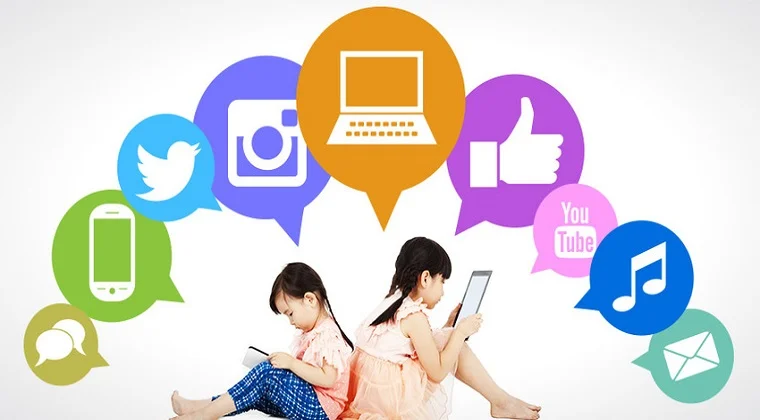
One study out of the University of Pittsburgh, for example, found a correlation between time spent scrolling through social media apps and negative body image feedback. Those who had spent more time on social media had 2.2 times the risk of reporting eating and body image concerns, compared to their peers who spent less time on social media. The participants who spent the most time on social media had 2.6 times the risk.
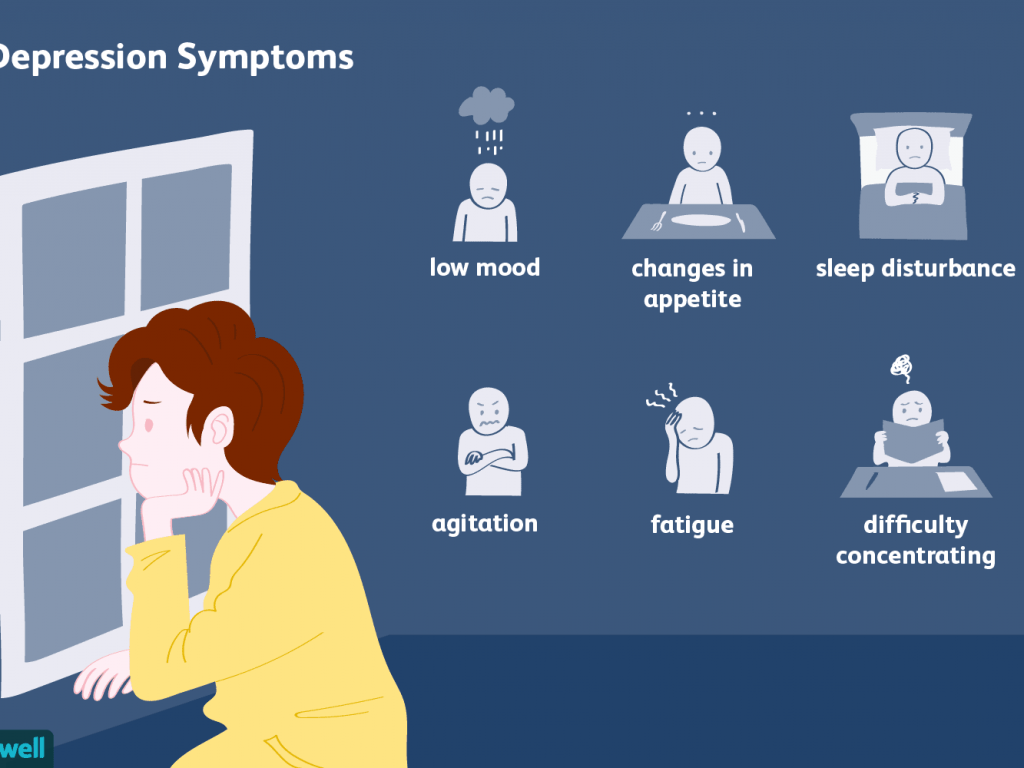
A separate study from the University of Pittsburgh School of Medicine showed that the more time young kids spent on social media, the more likely they were to have problems sleeping and report symptoms of depression
Most social media apps require users to be at least 13 years old. But in a recent poll, parents shared that 50% of children 10 to 12 years old and 33% of children 7 to 9 years old use social media apps. Social media makes it easy to compare oneself to another. Children younger than 11 years old who use Instagram and Snapchat are more likely to have problematic digital behaviors like having online-only friends and visiting sites parents would disapprove of, as well as a greater chance of taking part in online harassment. One of the study show statistics and facts about how the social media destroying kids physically and mentally and its negative effects on academic life. Another study talks about how children who use TikTok are developing tics and having tic-like attacks. They’re experiencing a movement disorder brought on by stress and anxiety — presumably made worse by the pandemic and teens’ increased social media consumption.
In addition to problematic digital behaviors, there may be changes in children’s daily behavior at home like:

If kids are being asked to get off social media and do their homework, then parents might see increased periods of irritability or frustration directed towards parents.
Nowadays, social media is been used as a tool for cyberbullying and online predators, it is considered to be the worst outcome of social media. As disagree team argue that cyberbullying and online predator’s are outdated problems but it is not true. According to Common Sense Media Census 2021, the biggest threat to childhood in terms of using social media is cyberbullying which has affected more than 1 in 5 children aged 10-12 years. The Internet and social media platforms have also kicked the doors wide open for child predators to hunt, lure, and groom victims online as the studies shows. In 2020, reports of online child predator incidents spiked more than 97%, according to the National Center for Missing & Exploited Children. And, according to the FBI, each offender may sexually extort dozens—sometimes hundreds—of young victims.
Social media lead to cyberbullying because children are able to remove themselves emotionally, as it is easier to say hurtful things online behind the screen that they never able say face to face because they do not have to deal with an emotional reaction. Cyber Bullied kid experienced abusive, online behavior, including name calling, rumor-spreading, and receiving unwanted explicit images and threats from their peers by sending, posting, or sharing mean or hurtful comments. Which may lead to anxiety, depression, severe isolative behaviors, and this may even lead to suicide or self harm in some cases.
We all know a lot of the stuff on social media and the internet isn’t real,” which might lead kids to believe in false realities. Adults may be able to spot misleading marketing strategies on fake YouTube, Instagram posts, or any other Social Media platform but kids aren’t that lucky.
A new study finds that one in five YouTube videos watched by kids age eight and under contained ads that were not age-appropriate.
Same as the case with the harmful content that is present in the social media, as Social media is a very addictive platform where children will go to any length to gain attention. Self-harming acts are becoming more popular, and people are publishing them on social media to get attention.
When kids witness other people doing similar things, they don’t waste any time in copying them in order to achieve the same level of popularity. This can result in failed experiments and negative outcomes. Children, on the other hand, perceive it as a sign of bravery and courage to demonstrate their authority to others.
Even though most of us are aware of these facts, we determine that we do not wish to abandon social media. We don’t want to succumb to Fomo, which stands for “fear of missing out.” We look at nicely crafted Instagram images that capture people’s pleasant moments and wonder why we aren’t as happy or content as they are. We just need to realize, that it isn’t real. It’s all just for show. However, a disagreeing team gives an argument about parents’ supervision and guidance. It may be said that parental controls are only one component of guiding children toward safe use of social media apps. I may agree to it up to a certain level. but kids of today’s generation who have grown up with technology know-how to bypass or find loopholes in these control like multiple fake accounts or finta (another word for a fake Instagram account) or even some parents don’t know how to supervise or guide their children, as some parents says “We have no control over this”, as they face challenges with kids’ social media use.
Thus, I may say that social media has a variety of effects on children, but the negative aspects much exceed the positive effects. I’ve discovered that social media has a greater impact on children’s growing brains, with long-term effects. Violence and aggressive behavior, sexual content, body image and self-esteem, physical health, and academic performance were some of the negative effects of social media.
Debate #4: Educators have a Responsibility to use Technology and Social Media to Promote Social Justice.
Electronic communication and social media open up new avenues for extending and improving educational opportunities. However, as the number of communication methods grows, so does the risk of making an unintended error. Preserving professional boundaries in all types of communication, whether technology-related or not, is critical for maintaining public trust and acceptable professional relationships as an educator. Professional boundaries can begin to slip as more informal contact channels with students and parents are used.
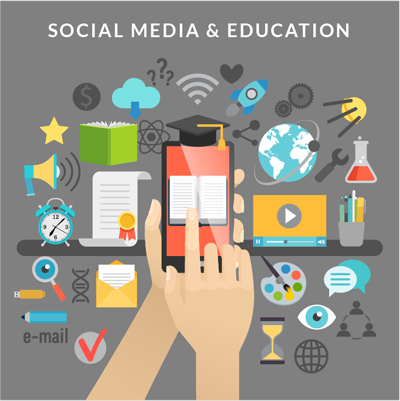
social media tools provide exciting opportunities to learn, teach and communicate with students, parents and colleagues. They serve a range of purposes from helping students and parents access assignments and resources to connecting with communities all over the world.
Teachers use the Internet and social networking sites as instructional tools for social justice, looking for resources to help them construct lesson plans and learn new skills. These tools give teachers new options to connect and converse with colleagues, as well as grow their professional network and maintain their professional development. New technologies, when used intelligently and appropriately, provide members with the opportunity to model digital citizenship for students and deliver the curriculum in creative and engaging ways.
I strongly believe that, When it comes to teaching social justice, the teacher should also be encouraged to adopt the position of a person with a viewpoint rather than being a “silent participant.” Following the debate, I believe there is no doubt about whether or not schools should teach social justice. I believe educators have always had the responsibility of nurturing and guiding children to become constructive leaders in our communities, and it is their responsibility to empower students to form their own opinions. But when it comes to whether or not to use social media to promote social justice, I am more leaning towards the Disagree side because educators should be neutral and should use social media wisely.
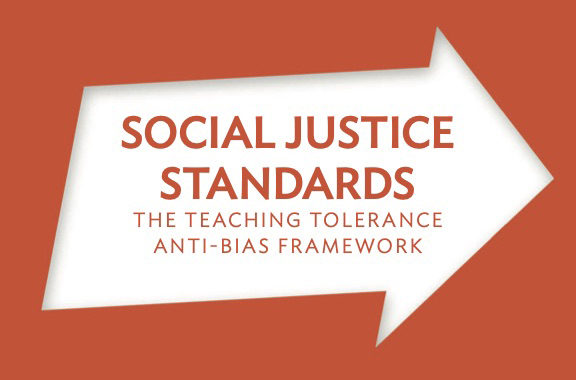
According to the article, Must Teachers be “Neutral”? teachers are encouraged to let students make informed decisions for themselves” otherwise, “rather than think, many students will merely agree with the teacher.”
Teaching kids that there are multiple points of view and different points of view will aid in the development of critical thinkers. I believe that freely discussing personal opinions on social media make people more susceptible, particularly if those views contradict the ideology promoted by their schools. Having multicultural schools with various religions and beliefs, schools need to respect the families’ cultural backgrounds.
This, I believe, would be an excellent approach to teach students about social justice. The power of teacher neutrality, describes an excellent example of this, in which the instructor, rather than scolding the student when he stated that a car is a living thing, opened up the classroom conversation and turned it into a great learning experience. Students were given the opportunity to think deeply, practice debate skills, gather research, refine the definition of living things, and defend their ideas and convictions. They were able to create a more complete description of living things as well as understand more about automobiles. Students may see both sides of a story by conducting research, which allows them to be critical thinkers and make their own informed conclusions. I wouldn’t feel comfortable imposing my own ‘social agenda’ on anyone, especially because anything kids upload becomes part of their digital footprint,
which can easily be twisted and come back to haunt them later in life. When it comes to selecting whether or not to speak out on social media on specific social justice issues by educators, time and place play a significant impact.

Debate 3: Schools Should No Longer Teach Skills That Can Be Easily Carried Out By Technology:
Technology in education gets plenty of hype, but let’s not forget the importance of teaching and learning,
Pamela Wright
Technology has permeated every part of our existence. It has spawned new industries and improved the efficiency of existing ones. Technology is a hot topic in education these days. Some people are enthusiastic about incorporating technology into classrooms, while others are concerned about the negative effects it may have on students. The question is whether we, as educators, should abandon teaching foundational skills such as cursive writing, spelling, and multiplication tables in favor of using technology? The answer is clearly NO in my opinion. Literacy and numeracy are really important foundation skills for children. We may say that we can ignore cursive writing but I believe that basic math and spelling skills can not be replaced by technology because these basic skills are essential for the students to be successful in the future.
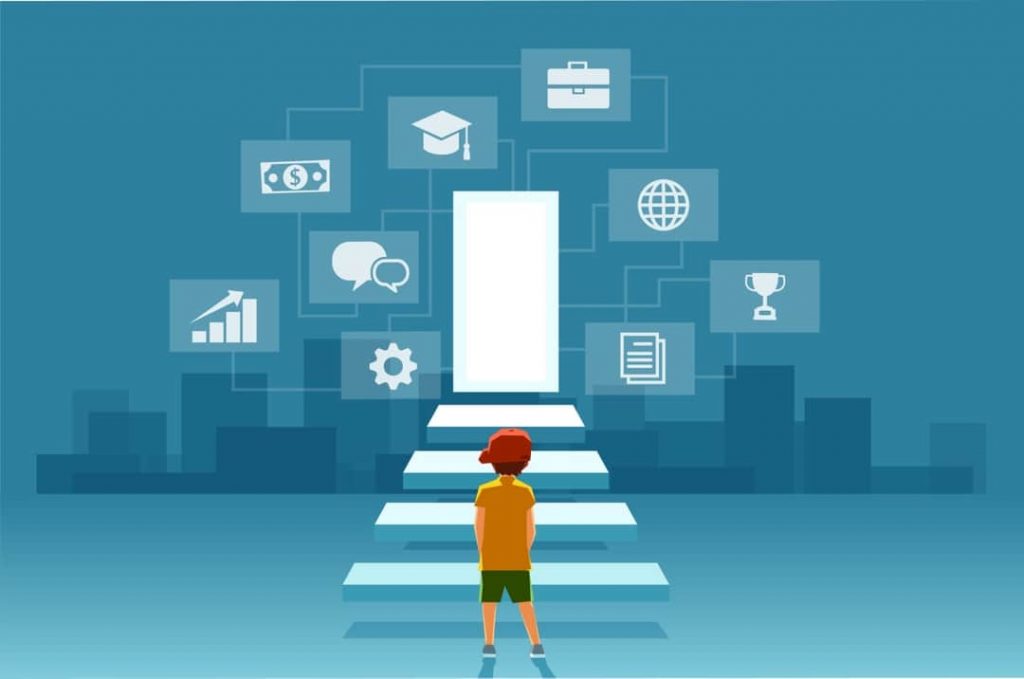
The transition from knowing how to add and subtract numbers to mastering multiplication can feel daunting. Once mastered, though, it can become second nature to a child and is essential in everyday life. Although many of these methods of teaching multiplication have become outdated, the importance of learning these mathematical basics is as important today as it has ever been. Multiplication is an important tool in a variety of math subjects, including algebra, calculus, equations, and more. I believe our children will be able to confidently and skillfully tackle increasingly complex mathematical subjects if he or she can practice and grasp multiplications. It also helps them to familiarize and feel confident with the teachings presented to them as they progress through education.


Our child’s confidence in the subject will be boosted if he or she can thoroughly comprehend multiplication and recall it quickly.
It’s critical for kids to understand multiplication on a conceptual level. So students may understand “why” and “how” the times table works instead of just “what” the result is. This deeper level of understanding allows for more meaningful application. This will allow them to successfully apply the skill to other elements of their schooling. As a child becomes faster at recalling multiplications of 2 -12, they will be able to answer more complicated math problems in less time. This is due to the fact that the fundamental understanding has already been formed. This talent will become second nature to them, allowing them to concentrate on the more challenging components of the assignment.

Spelling, the art of correctly assembling words from their letters, is one of the essential components of successful writing. Research has found that spelling, reading, writing and comprehension skills are all closely linked. A research study conducted by L.C. Ehri for the Scientific Study of Reading found that spelling instruction improves reading ability, as it builds a learner’s knowledge of the alphabetic system as it is used in reading. Misspellings can make text more difficult to read (e.g., Oelke et al., 2012), whereas improvements in spelling ability are associated with enhanced reading skills

Teaching young spellers the tactics, rules, and concepts that will help them improve their spelling and vocabulary knowledge will help them in all aspects of their education as well as in their daily lives.
Hence in this week debate I was with the disagree team that school should no longer teach skills that can be easily carried out by Technology. Basic skills like cursive writing, math and spelling is cumulative, so learning and understanding the basics is a must. Technology is a powerful tool that can make learning easier. However, it can actually interfere with the learning process.
Thank you for reading 🙂
Technology has led to a More Equitable Society
From antiquity to the present, technology has had a positive impact on human life by solving issues in everyday life and making many jobs easier to do. The second debate threw me for a loop. There are various sides and viewpoints to consider when considering the debate topic “technology has led to a more equitable society,” and there is no simple yes or no response. Since we all know, technology has made farming, building cities, and travelling simpler, among other things, effectively connecting all countries on the earth, contributing to globalization, and making it easier for economies to thrive and corporations to conduct business. Virtually every element of human existence may be made easier, more effective, and faster with technology solutions, resulting in fewer issues in one direction and more problems in the other.

Today’s society relies heavily on technology. It has both positive and negative consequences on the world, as well as on people’s daily lives. We live in a time when technological advancements are common. Examples include the internet and cell phones. However, there is a drawback to technical advancements.

Learning is one component of technology that has had a significant impact on society. Learning has become more interactive and collaborative, allowing people to better engage with the information they are learning and having difficulty with. It also improves our access to resources.
The internet allows us to access information at any time of day or night, and we can find practically anything online. Teachers can hold more productive online classes. It also pushes the classroom’s boundaries, encouraging self-paced learning. Learning can be accessed via YouTube and social media. Assistive Technology provides many for our students to learn. Tools such as Google Read and Write, and Microsoft’s Immersive Reader provide opportunities to try to “Level the playing field” for students.

Another way that technology has influenced society is through communication, or how we speak and interact with one another throughout the world. Many new forms of electronic communication have been introduced by technology. Emails, social networking, facetime with someone on the other side of the world, and video conferencing are all examples.
However, while technology has been utilized to promote learning and justice, it has also been used to reinforce inequality. Too many people are unable to use, benefit from, or influence digital platforms, particularly those who have historically been excluded or marginalized. Nearly all of the drivers of inequality are linked to governance and the use of technology, emphasizing the scope of the problem. The capacity to use computers and the internet to fully immerse oneself in the economic, political, and social elements of the globe has grown increasingly crucial. This technology, however, is not available to everyone.
It’s very difficult to function in this society today if you don’t have access to the internet.”
Michael Nutter FORMER MAYOR OF PHILADELPHIA
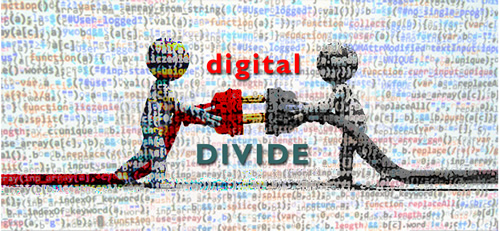
The digital divide has established a new distinction in society that has had a significant impact on people’s everyday activities and livelihoods around the world.
Access to the internet in its entirety is causing discrepancy and discrimination in various professions nowadays. Given the central significance of the internet in our daily lives, an analysis of ICT use among countries reveals tremendous differences that will hold water in other parts of life. The most major contributions to the digital divide are differences in income and literacy, but they only explain a portion of the ethnic and racial gaps in home and workplace technology access. Education, career prospects, communication, politics, consumer satisfaction, health information, community involvement, government, and emergency information are all affected by the digital divide.
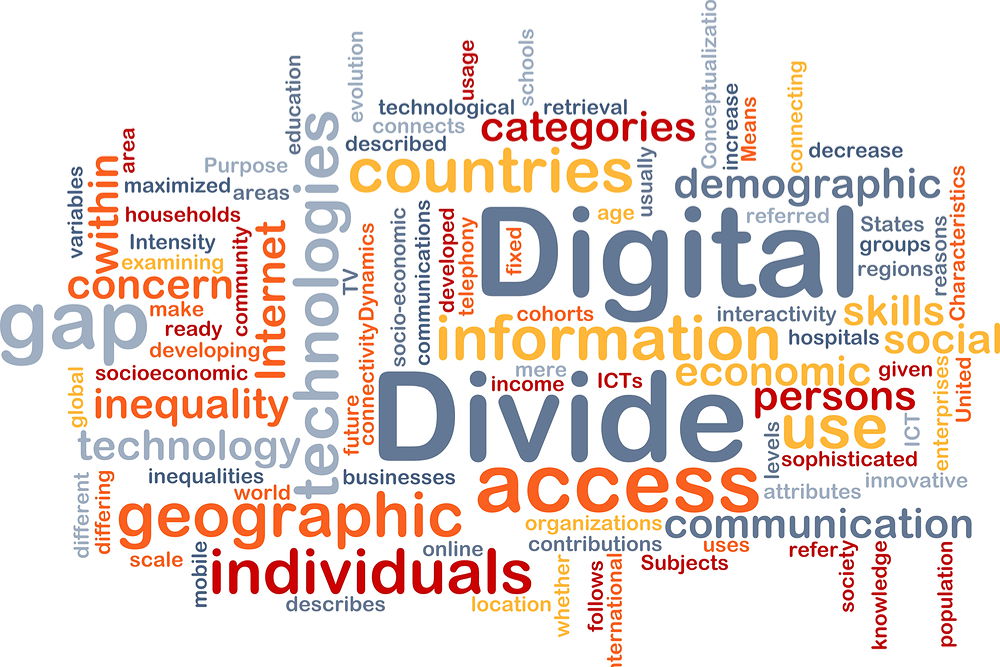
Hence, after hearing all sides of the argument, I couldn’t agree more. Because we are flawed, so is our technology. I believe we are making progress as long as we accept our flaws and try to find solutions. Is technology promoting social equality? Yes, in certain situations, and no, in others. Technology is not going away, and it is becoming an increasingly important element of life that everyone should demand. It has enormous potential to improve equity in all aspects of life, but the most crucial part is ensuring that it is accessible, fair, and neutral to everyone.

Technology In The Classroom Enhances Learning
Well, I must say that in the debate 1, presenters of both sides presented interesting insight and well grounded information on their respective sides of the topic. It’s difficult to say whether or not technology helps or hinders learning. But after listening to both sides’ arguments, I believe that the technology does enhance learning in the classroom. We live in a technological world, and it is our obligation as educators to prepare students for the future, which involves technology.
Considering that education is an imperative part of human life, we can imagine how significant the literal link between technology and education is. The improvement in technology is similarly continuous, and the basic intention of technology is to advance human life. Teachers can assist students in acquiring the required skills to succeed in future occupations as technological advancements drive globalization and digital change.
Technology Enhanced Learning is important for many reasons. It is not only important because it is the standard of education that is expected today, but it can also improve education. Technology helps education in many ways, for example utilizing: Digital Simulations and models, online learning, improved communication, advance research, better assignments, Self-paced and fun learning, online collaboration, improved education access. Digital simulations and models can help students not only better understand various disciplines, but also get acquainted with the wonders of the modern world. Teachers can use digital simulations and models to help students who are visual or tactile learners understand complex subjects in a more tangible and straightforward way.
Online education has been a fantastic option for those who work full-time and are unable to attend classes in person. Many various sorts of universities offer online courses, certifications, and degrees, ranging from the ivy leagues to junior colleges. The COVID-19 pandemic also swiftly highlighting the importance of online education in teaching and learning. Teachers can utilize online learning as a strong instructional tool by incorporating technology into existing curricula, rather than treating it purely as a crisis-management tool.

Collaboration can be aided by educational technology. We as an educators can interact with students throughout class, but students can also speak with one another. Students collaborate to solve challenges through online lessons and learning games. Students can share their views and ideas and encourage one another in collaborative tasks. At the same time, technology allows students to communicate with teachers one-on-one. Students can ask questions about the classroom and get extra help with difficult-to-understand subjects. Students can upload their homework from home, and teachers can use their laptops to access and view completed assignments. It is a fact that a student learns more when he practices. The use of technology has made things a lot more fun than ever.

Cloud storage has made research a lot easier for the students these days. Gone are the days when they had to go through piles of books to find a specific reference to improve their assignments.
I believe that if teachers want to see their students perform better, and technology can help them do so. Students can benefit from quick access to information, rapid learning, and entertaining opportunities to put what they’ve learned into practice. It allows students, particularly in STEM, to study new disciplines and get a better comprehension of complex concepts. Students can learn 21st-century technical skills needed for future careers by using technology both inside and outside the classroom. To address the issues, administrators should assist instructors in gaining the skills they need to use technology to improve student learning. Furthermore, using technology in the classroom should make instructors’ tasks easier without adding to their workload.
Hence, I believe that it’s only natural to bring more EdTech into the classroom. Teachers are responsible for educating pupils for the twenty-first century, which includes introducing them to technology. The truth is that surviving in the workplace without technology is nearly impossible. As a result, it is preferable for youngsters to learn to use technology sooner rather than later. Computer literacy is arguably more important than some of the more traditional skills taught in schools.

Technology In My Daily Life
Technology has changed dramatically every aspect of our life. We probably all agree that technology has changed our lives in countless ways, revolutionizing how we work, live, and play. A lot of the changes to how we live our lives are very amazing, and I can’t imagine not having them. We may easily speak with family members over the internet, or we can work from home and cooperate and communicate with coworkers in real-time.

From my childhood to adulthood, different technologies were always a prominent part of my daily life. Although in my childhood we don’t have smart gadgets like smartwatches, tablets, smarts phones laptops for each individual, and voice assistant devices but we do have a computer that was fixed installed in our home, and it was normally for family use. In school, we do go to the computer lab, which was considered to be the best period for all students in their school day 🙂
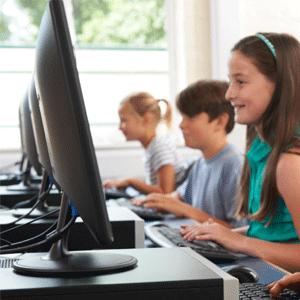
As I was a Montessori teacher back in my country I used a lot of technologies in my classroom. I use both the real and digital flashcards to practice facts and other materials with my students so that they were not only familiar with real flashcards but also connected with digital technology as it was quite fun for the students too. I show them small cartoon movies through digital projectors. I also sometimes use smart-board too for showing images of fruits, vegetables, animals etc. But of course, the COVID-19 virus changed the way we all live and the way we educate our children; Montessori is no exception. Schools have been compelled to change their learning plans to a digital format as a result of school closures across the country, often with only a few weeks’ notice. This appears to be a direct contradiction to Montessori philosophy at first view. But we all believed that education should be prepared for life so we change our in-person format into the online base format. So we arrange zoom classes for our kids. Hence, the need of spreading knowledge among our students, and all sectors of society has been highlighted by this pandemic. If online learning technology can help, we must all use it to the fullest extent possible.

Technology has impacted almost every aspect of life today, and education is no exception. I believe that technology has so much to offer especially in education and for an educator to get closer to our students and deliver the knowledge effectively and efficiently. Technology is a powerful tool that improved, supports, and transforms education in many ways such as digital textbooks, and Google classrooms to facilitate learning, research new information, project work, student activity, etc. As a student, it allows me to learn outside of the classroom and library. I can virtually meet, collaborate, and produce material thanks to technology. It aids my study, sharing of ideas, and learning of specialized skills. Technology also assists me in informing vital networking relationships with others in my field. For example, I connect with professors, classmates, and others on LinkedIn and other platforms. As I’m doing a Master’s in teaching, learning, and leadership program here in Regina, my life is becoming even more familiar with the technology. Due to the covid19 pandemic, I use zoom to take classes, for all of my courses I had to interact with other people, it is not just me and the computer screen. Be it emailing the teacher for help on a question, asking the advice of other adults and students, questioning people for an assignment, studying with someone for a test, or having someone look over an essay, I had a wide circle of people supporting me every day. I use google slides for presentations in my different courses, and by taking the course EC&I 830, I am now familiar with the discord app, WordPress which is quite interesting as I didn’t hear of these apps until now. So with the passage of time, I am becoming a tech-savvy person. 🙂

In my personal life, I use a lot of social media apps like Facebook, twitter, snapchat, Instagram as a social networking sites to connect with my family and friends. As I’m an international student, I continuously required different networking sites in order to connect with my parents back in my country through smartphone, tab or laptop. I also do a lot of online shopping from different online sites.

Technology advancements have enhanced almost every aspect of our lives, and the best is yet to come. Technology is transforming education, changing how, when and where students learn and empowering them at every stage of their journey. The positive impact of technology on society has brought about transformation and enabled us to achieve previously unimaginable heights. Nobody else has revolutionized the way people think about technology, which is why it is and will always be so significant. As a result, I believe that technology plays an essential role in our daily lives in a variety of ways that we cannot ignore.



